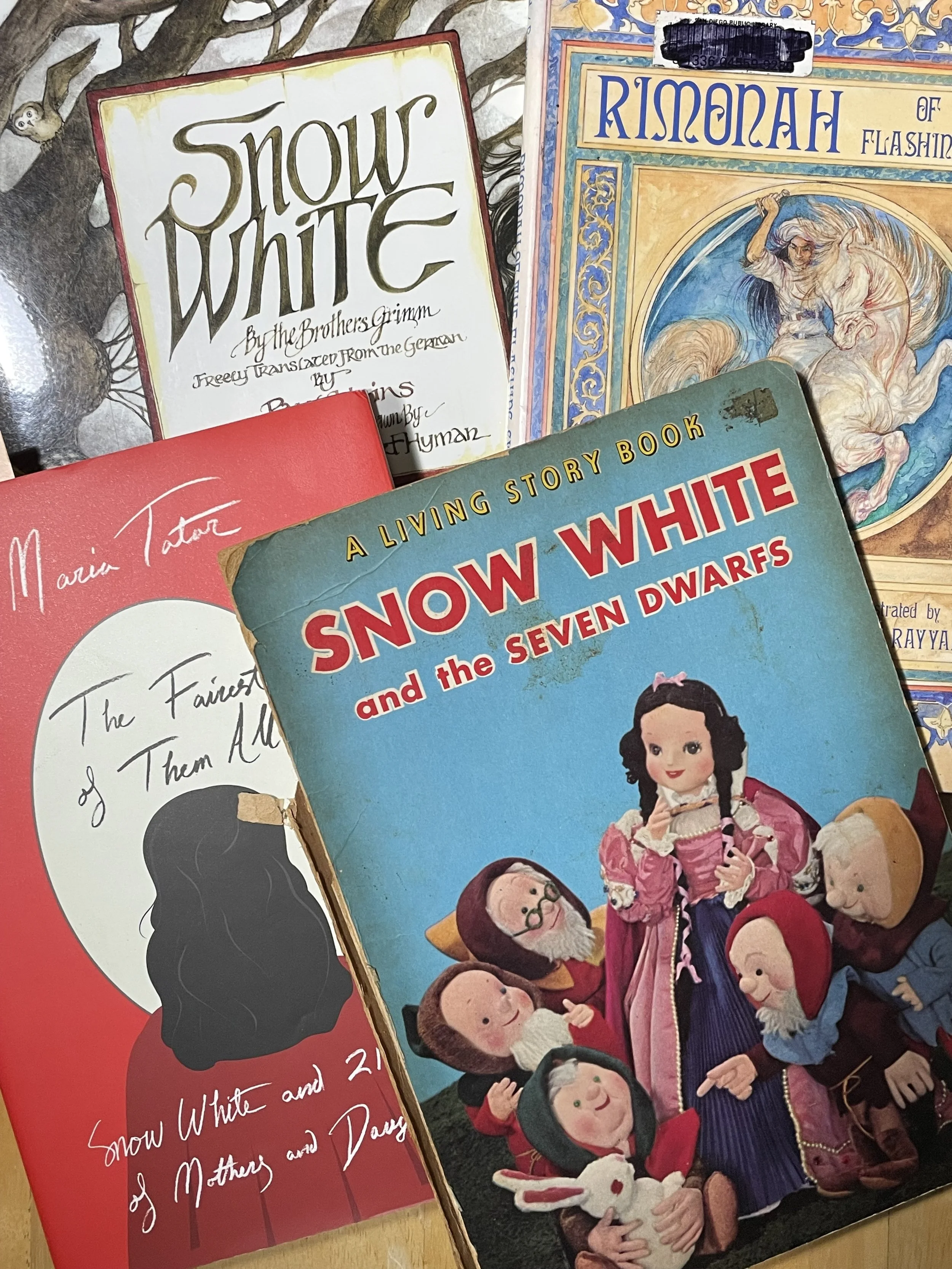Snow White: A Mirror on Self-Regulation
I still have my childhood Snow White book, which I obviously loved. But different variants and this scholarly examination by the amazing Dr. Maria Tatar have made me dig deeper into the tale's meaning for children, as well as adults.
Once upon a time…
There lived a fairy tale whose fame was cemented in 1937. That’s when Walt Disney created the first full-length animated feature, Snow White and the Seven Dwarfs.
But Snow White has been around a lot longer than that! And the story has variants all over the world. EVEN in places where the resilient heroine looks nothing like the Disney/Grimm princess…including West Africa, and Turkey, and China.
So what is it about the story that makes it so timeless and universal? I’ve been thinking about this as news of Disney’s controversial live action remake, featuring a Latina Snow White, has churned around. (Currently slated for March 2025 release).
Like all fairy tale heroes, Snow White is resilient. She escapes the evil queen by appealing to the hunter’s better instincts (relationships!). She finds her way to the dwarfs house, where she eats and rests and earns her keep while staying safe and happy (initiative!).
As for her self-regulation, though…meh. Not so much!
Just like children (and even sometimes for the rest of us).
Snow White had been TOLD she shouldn’t let anyone in, but…what harm could the old peddlar with the tempting laces, and then comb, and finally the apple do? (In most variants, there are three visits from the evil-queen-turned-old-woman).
She really really wanted those things…
What five year old doesn’t experience this, every day!?
As in real life, caving in to her impulses does not turn out well for our hero!
Until the people who care about her make sure it does.
I think it’s a powerful message for kids.
Self-regulation is an ongoing developmental process, starting from the basic physiological self-regulation of body temperature and sensory sensations of the infant.
Young children try, and try again, and try again…but sometimes they aren’t yet successful. Just like Snow White.
But with our caring support, they work on it. One tempting toy, angry outburst, or apple at a time.
NOTE: I had a hard time picking which variants to include. There are almost none, besides Disney, still in print. The short versions gutted the story, and the longer ones may need to be better read/told over several sessions to the youngest.
See your local public library for lots more options, and be sure to read before sharing with children.
Most children won’t think twice about an evil queen wanting Snow White’s heart (especially since the hunter doesn’t comply). But rediscovering details of the story that your childhood memory deemed unimportant while you’re reading to kids could be…awkward!
Snow White
Translated from the Grimms’ by Paul Heins
Illustrated by Trina Schart Hyman
Why this variant?
Dark, exquisitely detailed illustrations by Caldecott- award winning artist
Interesting translation of the full Grimm’s version, with details Disney left out…and added (spoiler alert: there’s no “true love’s kiss” in the Grimm’s)
P.S. I’d change the “Magic Mirror” chant back to one that rhymes! 😊
Snow White
Retold and Illustrated by Melinda Copper
Why this variant?
The original Grimm’s tale:illustrated with animals as the characters!
Snow White is a bunny; the Evil Queen is a cat; the dwarfs are mice…
LOTS to look at and ponder in large, detailed illustrations
Animal characters may be more appealing for adults concerned with some children’s sensibilities
Rimonah of the Flashing Sword
Adapted by Eric A. Kimmel
Illustrated by Omar Rayyar
Why this variant?
All the basic elements of Snow White, but in a pan-North African setting
Strong, fierce heroine, finds 40 good-hearted thieves (with backstories), instead of 7 dwarfs. She earns her keep by fighting for justice with them
Great book for children to compare/contrast after they read traditional variant
Snow White Stories Around the World: 4 Beloved Tales
Retold by Jessica Gunderson
I really wanted to love this book, because there’s not much I love more than examining the kaleidoscope of a fairy tale’s variants.
BUT.
The tales (from Germany, Turkey, Albania and Mozambique) are all abbreviated. They feel like someone connected a list of plot bullet points and called it a story. Bleh.
The magic and wonder of each story is lost.
Storytellers could use them as starting points to weave their own versions. Older kids might enjoy the skeletal tales for compare/contrast.
And for those who want quick stories because they don’t think young children have attention spans…these would be ok. 🙄
Mirror See, Mirror Do
Before self-REGULATION is possible, self-AWARENESS is necessary.
And while we LOVE to pigeonhole self-regulation as “behaviors” (and not, btw, usually the behaviors that make us smile and love our jobs), it’s way more than not running out of circle time!
Self-regulation includes regulating our bodies, our emotions, and our actions, and young children are still learning about those bodies, emotions and actions.
The more kids move with intention, the more they can pay attention to cues that help them regulate those movements. And this supports their resilience.
The simple game of “Mirror” is one way to give them practice. It offers kids a playful way to pay attention to someone else’s body movements, and translate that into their own.
Literally, “doubling’ their growing awareness of how to make their body do what they want it to do!
Some variations:
Try modeling the activity with a group of children. YOU are the Magic Mirror, and they try to replicate your slow, deliberate movements.
If children are not yet ready to imitate multiple movements, try just one, like in the game “Statue.”
Sometimes a simple “GO! STOP!” is the body self-regulation sweet spot! Make it more fun with music, turning it on and off for a “Magic Mirror Freeze Dance.”
Love the original Disney music? Here’s Heigh Ho, Heigh Ho to try this with!
Or this version of Heigh Ho, Heigh Ho by Tom Waits offers a growlier alternative with a fantastic beat, sure to get those dwarfs stomping and gesturing.
ALL the Feels, Even Big Ones
There are A LOT of big feelings expressed in Snow White.
Jealousy. Fear. Anger. Grief.
Most emotions are not explicitly labeled in traditional versions, because that is just not how fairy tales from the oral tradition work.
We often attribute such feelings to only adults, since children have “no real reason” to feel them.
But watch a three year old at his sibling’s birthday party as the presents “not-for-me” pile up: and the evil queen becomes more relatable.
And these big feelings, and small feelings, and random-for-not-sure-why feelings are HARD to regulate for children.
ESPECIALLY because they are felt physically, and often children don’t have words to express them and get validation, comfort…or help figuring out what to do with them.
Rather than “teaching” children about emotions with faces on two-dimensional cards, try using “magic mirrors.”
Any mirror will do. And you probably already have a number available.
Tap into children’s love of looking at themselves, and making funny faces.
Then add emotions.
They can model you. They can model characters in books.
They can respond to prompts: “Make a face like you’d make when Maija took your cookie.” “Make the face you make when Daddy comes to pick you up.”
Seeing their OWN faces, and connecting them to feelings wordsdevelops emotional self-awareness, the first step towards regulating those emotions.
Want more? This article from Georgetown University’s Center for Early Childhood Mental Health Consultation has SO MANY simple, practical ideas that you can weave throughout your day!
(Including: doing the first mirror activity in this newsletter, but making faces, instead of movements








